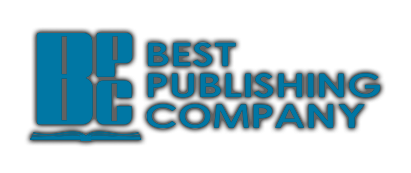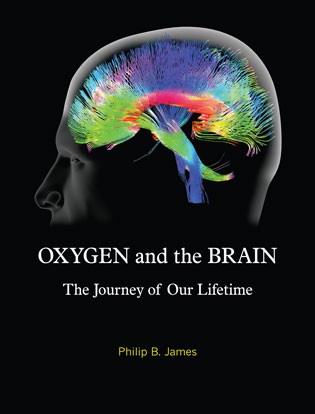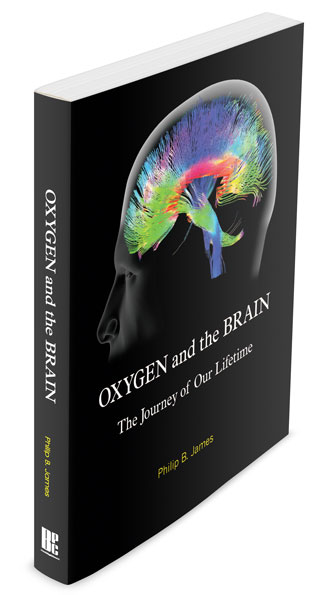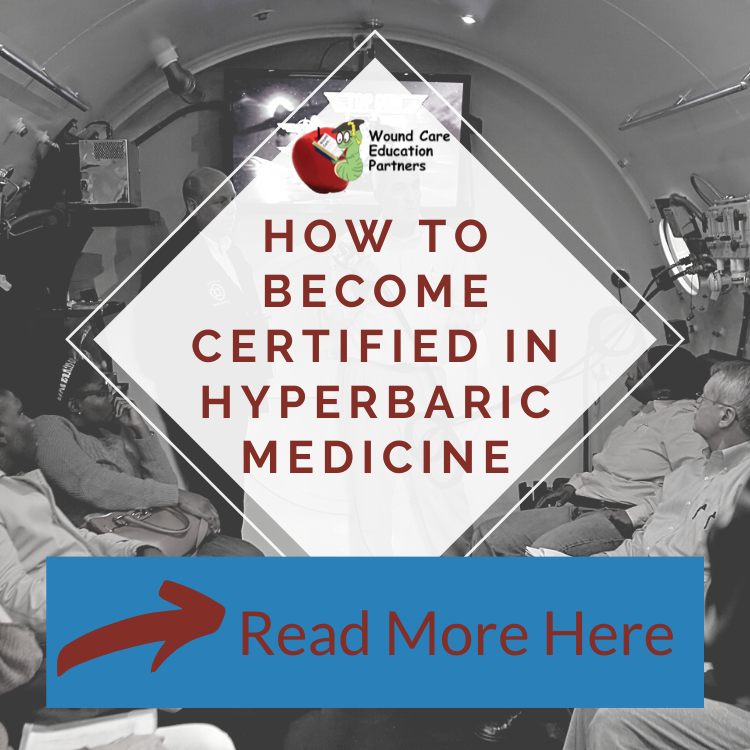Holiday Customer Support Closure
Please note that our customer support will be closed for the holidays starting December 24th through January 4th.
DEPTH Blog
Stroke and Hyperbaric Oxygen Treatment PART II
Stroke symptoms
The symptoms typical of a stroke are not always associated with blockage of a major blood vessel in the brain; symptoms indistinguishable from stroke may affect patients labelled as having multiple sclerosis—only the age of the patient and a history of other symptoms allow it to be distinguished from a stroke. A condition that must be considered in patients with a stroke has already been referred to in relation to multiple sclerosis; it is the disease associated with thrombosis known as the anti-phospholipid syndrome, discovered by Dr. Graham Hughes in the 1980s, often referred to as the Hughes syndrome.18 When it affects the nervous system it mimics multiple sclerosis and so provides yet more confirmation that the disease underlying the formation of the areas of sclerosis starts in the blood vessels. A hundred years before the anti-phospholipid syndrome was discovered, Harald Ribbert, a German pathologist, had suggested that multiple sclerosis was associated with thrombosis, after he had seen that the earliest damage surrounded veins. Hughes syndrome is one cause of venous thrombosis, although it may also cause arterial thrombosis and embolism. Optic neuritis and paraplegia from damage to the spinal cord may also occur in Hughes syndrome, just as they do in multiple sclerosis, almost certainly from tiny emboli breaking off from an area of thrombosis. It is most important for the diagnosis of Hughes syndrome to be made, because the condition can be treated with aspirin and other drugs to prevent further attacks. However, it is also clear from the localised brain swelling seen on MRI in patients with the anti-phospholipid syndrome, that the attacks are likely to respond to hyperbaric oxygen treatment.
References: 18. Hughes GRV. The anticardiolipin syndrome. Clin Exp Rheumatol 1985;3:285
Disclaimer: The opinions expressed in this work are those of the author(s) and do not reflect the opinions of Best Publishing Company or its Editors. Information contained in this work has been obtained by Best Publishing Company from sources believed to be reliable. However, neither Best Publishing Company nor its authors guarantees the accuracy or completeness of any information published herein and neither Best Publishing Company nor its authors shall be responsible for any errors, omissions, or claims for damages, including exemplary damages, arising out of use, inability to use, or with regard to the accuracy or sufficiency of the information contained in this publication. No responsibility is assumed by the Publisher or Editors for any injury and/or damage to persons or property as a matter of product liability, negligence, or otherwise, or from any use or operation of any methods, product, instructions, or ideas contained in the material herein. No suggested test or procedure should be carried out unless, in the reader’s judgment, its risk is justified. Because of rapid advances in the medical sciences, we recommend that the independent verification of diagnoses and drug dosages should be made. Information in this publication is current as of the date of the printing. All rights reserved. No part of this work may be reproduced, stored in a retrieval system, or transmitted in any form or by any means, electronic, mechanical, photocopying, recording, or otherwise, without written permission from the publisher.
When you subscribe to the blog, we will send you an e-mail when there are new updates on the site so you wouldn't miss them.








